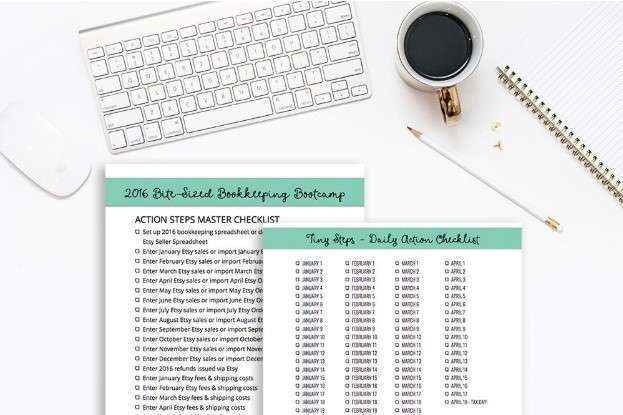
In 2006, she obtained her MS in Accounting and Taxation and was diagnosed with Hodgkin’s Lymphoma two months later. Instead of focusing on the fear and anger, she started her accounting and consulting firm. In the last 10 years, she has worked with clients all over the country and now sees her diagnosis as an how to calculate lifo opportunity that opened doors to a fulfilling life. Kristin is also the creator of Accounting In Focus, a website for students taking accounting courses. Since 2014, she has helped over one million students succeed in their accounting classes.
How To Use the LIFO Method for Inventory Accounting

Your Cost of Goods Sold would be higher and your net income will be lower. Your leftover inventory will be your oldest, cheapest stock, meaning a higher inventory value on your balance sheet. If your business is looking to reduce its net income (and with it, your tax bill), the LIFO method will benefit you here. LIFO results in a higher cost of goods sold, which translates to a lower gross income and profit.
What Types of Companies Often Use FIFO?

For example, the seafood company, mentioned earlier, would use their oldest inventory first (or first in) in selling and shipping their products. Since the seafood company would never leave older inventory in stock to spoil, FIFO accurately reflects the company’s process of using the oldest inventory first in selling their goods. The average inventory method usually lands between the LIFO and FIFO method.
LIFO vs. FIFO: Financial Reporting
Because the expenses are usually lower under the FIFO method, net income is higher, resulting in a potentially higher tax liability. In addition to being allowable by both IFRS and https://www.bookstime.com/ GAAP users, the FIFO inventory method may require greater consideration when selecting an inventory method. Companies that undergo long periods of inactivity or accumulation of inventory will find themselves needing to pull historical records to determine the cost of goods sold. Since LIFO uses the most recently acquired inventory to value COGS, the leftover inventory might be extremely old or obsolete.


When you sell the newer, more expensive items first, the financial impact is different, which you can see in our calculations of FIFO & LIFO later in this post. With a FIFO calculation, those 80 tires would have cost you just $3,200. That’s $1,200 plus the second 40 that were produced at $50, totaling $2,000. No, the LIFO inventory method is not permitted under International Financial Reporting Standards (IFRS). Both the LIFO and FIFO methods are permitted under Generally Accepted Accounting Principles (GAAP).
- Your Cost of Goods Sold would be lower and your net income will be higher.
- In this case, the remaining inventory (ending inventory) value will include only the products that the company produced later.
- Choosing among weighted average cost, FIFO, or LIFO can have a significant impact on a business’ balance sheet and income statement.
- LIFO is more difficult to account for because the newest units purchased are constantly changing.
- Then, 1,500 of Batch 2 items are counted at $4.67 each, total $7,000.
Business
- To calculate FIFO, multiply the amount of units sold by the cost of your oldest inventory.
- Also, the weighted average cost method takes into consideration fluctuations in the cost of inventory.
- It means that recently purchased goods are expected to be expensed first or transferred to the COGS.
- This means the most recently purchased goods are bought at a higher cost than earlier goods.
She has more than five years of experience working with non-profit organizations in a finance capacity. Keep up with Michelle’s CPA career — and ultramarathoning endeavors — on LinkedIn. Let’s say on January 1st of the new year, Lee wants to calculate the cost of goods sold in the previous year. Save up to 91% off shipping with Easyship’s discount courier rates.
How to Send a Prepaid Return Shipping Label with USPS, FedEx, and UPS
This guide aims to provide a comprehensive understanding of LIFO, its principles, benefits, and drawbacks, and how it can be applied in various industries. By the end of this guide, you will have a clear grasp of LIFO and its practical implications for businesses. LIFO assumes the most recently purchased goods are sold first, which typically results in a higher cost of goods sold. This increases the https://www.instagram.com/bookstime_inc expenses that a business can claim, reducing its overall taxable income. We’ll explore the basics of the LIFO inventory valuation method as well as an example of how to calculate LIFO. We’ll also compare the LIFO and FIFO inventory costing methods so you can choose the right valuation system for your business.